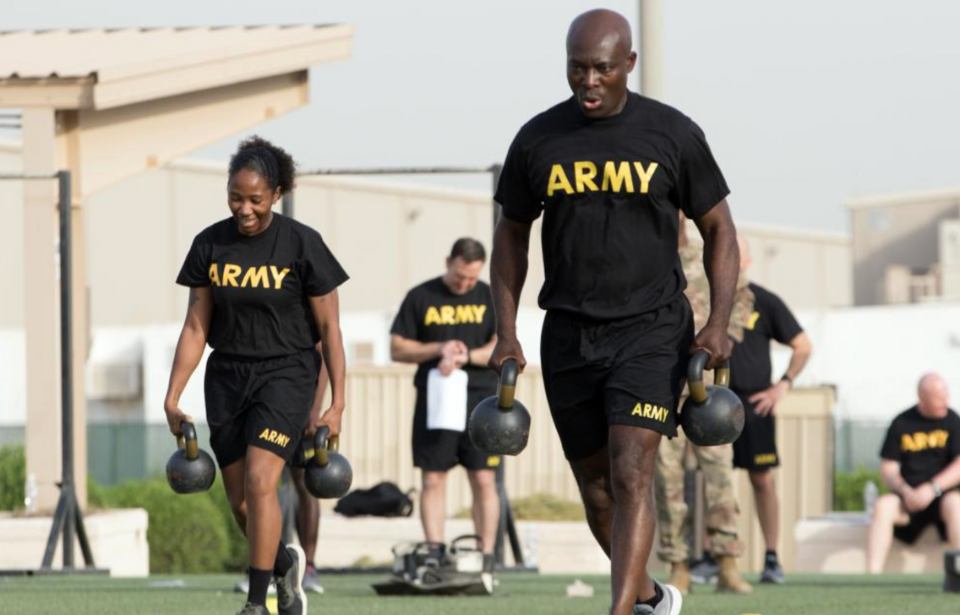In an attempt to tackle a continuing decline in recruitment numbers, the US Army has launched a new pilot project. Geared toward those who don’t meet the service’s body fat and academic standards, the Future Soldier Preparatory Course will “allow recruits who need all other qualifications for enlistment a path to serve.”
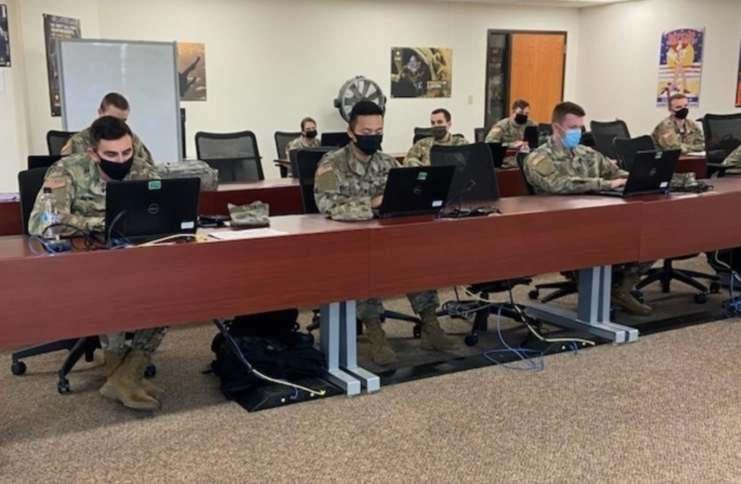
The Future Soldier Preparatory Course will see two 90-day programs launched at Fort Jackson, South Carolina in August 2022. Projected to cost around $4 million during its first year, the initiative will be open to those who otherwise qualify for Army service, in terms of moral and medical accession standards. Recruits will also still need to complete the Occupational Physical Assessment Test (OPAT).
The first program will focus on those who score between 21 and 30 on the Armed Services Vocational Aptitude Battery (ASVAB). In order to qualify for an Army job, a new recruit needs to score at least 31 on the test. Those who achieve a higher score typically qualify for intelligence and administrative positions, while lower scores mean a soldier is placed in combat arms or roles that require less technical knowledge and expertise.
Those who enroll in the program will be given the opportunity to retake the ASVAB every three weeks. Over the course of the 90 days, they will receive education on such topics as high school-level math, literacy and logic puzzles.
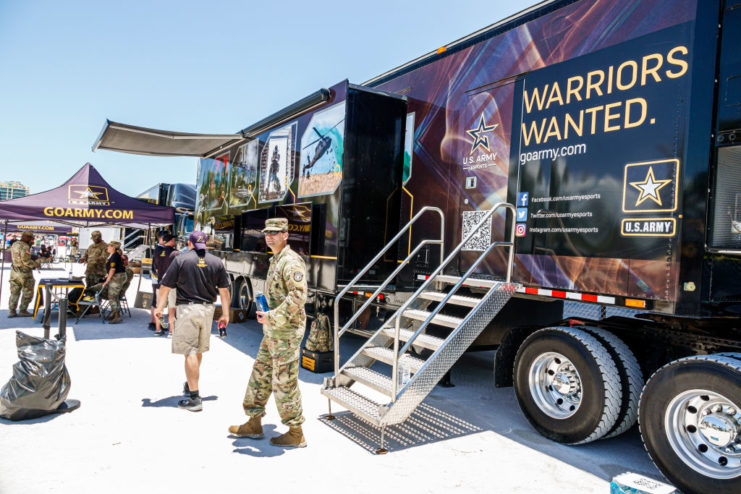
The second program will focus on recruits whose body fat is up to six percent higher than the Army’s standard. Over 90 days, they will undergo exercise and dietary training, and every three weeks will have their body fat measured. If they can get to within just two percent over the service’s standard, they’ll be allowed to progress to basic training.
To ensure recruits have enough time to manage their body fat in a safe manner, they will have one year to meet the Army’s post-accession body composition standards. This new program comes after it was found that the majority of potential recruits were unable to enlist because of their weight, meaning just 23 percent are currently eligible for service. This is down from 29 percent in recent years.

Thus far, the Army has identified 2,000 new recruits who have the potential to participate in the pilot project. Those wishing to join will only be allowed to enter one of the programs, with one exception. Recruits who score between 42 and 49 on the ASVAB can do both – the fitness portion prior to basic training and the academic program after. The academic track isn’t required, but doing so increases the possibility of them increasing their score and obtaining a better job within the service.
“The young men and women who will participate in this pilot have the desire to improve themselves and want to honorably serve their country,” said Gen. Paul Funk II, commanding general of Training and Doctrine Command, in a press release. “This course is a great way to increase opportunities for them to serve without sacrificing the quality needed across our force.”
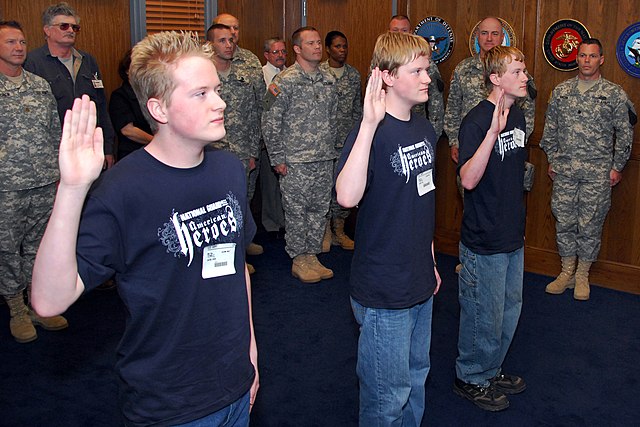
Word of the new programs follows the release of a memo by Secretary of the Army Christine Wormuth and Army Chief of Staff Gen. James McConville, which highlighted the service’s ongoing struggles with recruitment. Due to the crisis, the pair anticipate the total number of active-duty soldiers to shrink from 466,400 to 452,000 by the end of 2023.
They revealed that the United States is facing the most challenging recruiting environment since the implementation of the all-volunteer force in 1973.
“This course is one of the many approaches the Army is taking to invest in America’s young people,” said Funk. “We have to acknowledge that society has changed and help our youth improve, so they can benefit from the training and opportunities that Army service provides. The Army is still the best place for young people to achieve their potential.”
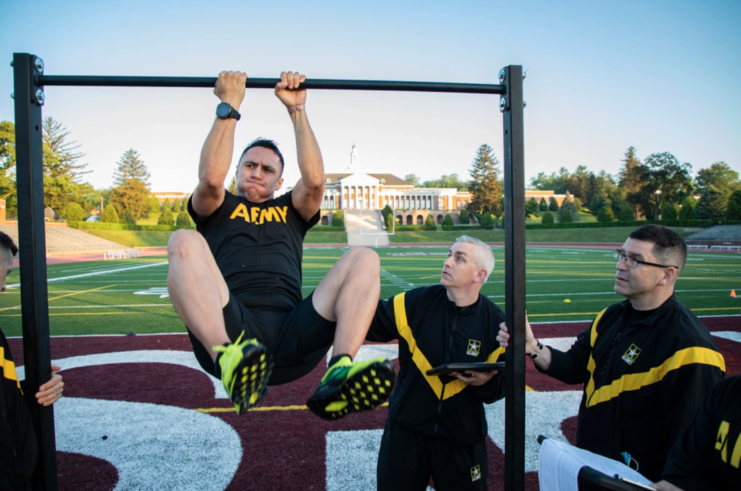
More from us: US Army Announces Gender- and Aged-Based Changes to Fitness Test
The pilot project is open to those looking to enlist for active-duty service in either the Army, National Guard or Army Reserve. Individuals who fail to meet standards after completing one of the programs risk being removed from the service.
